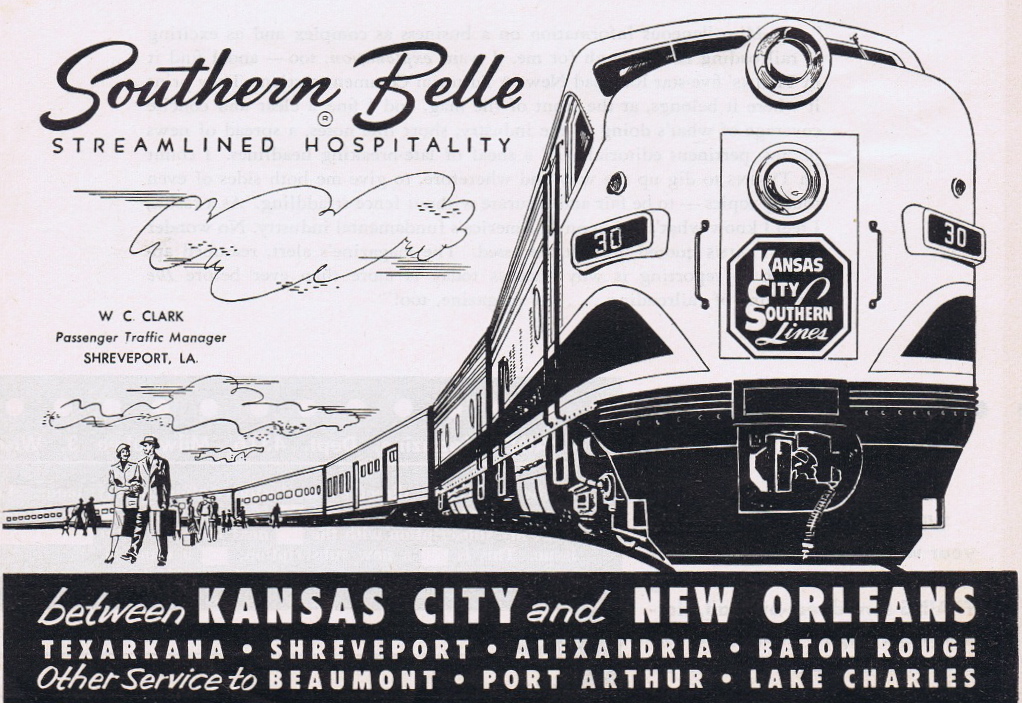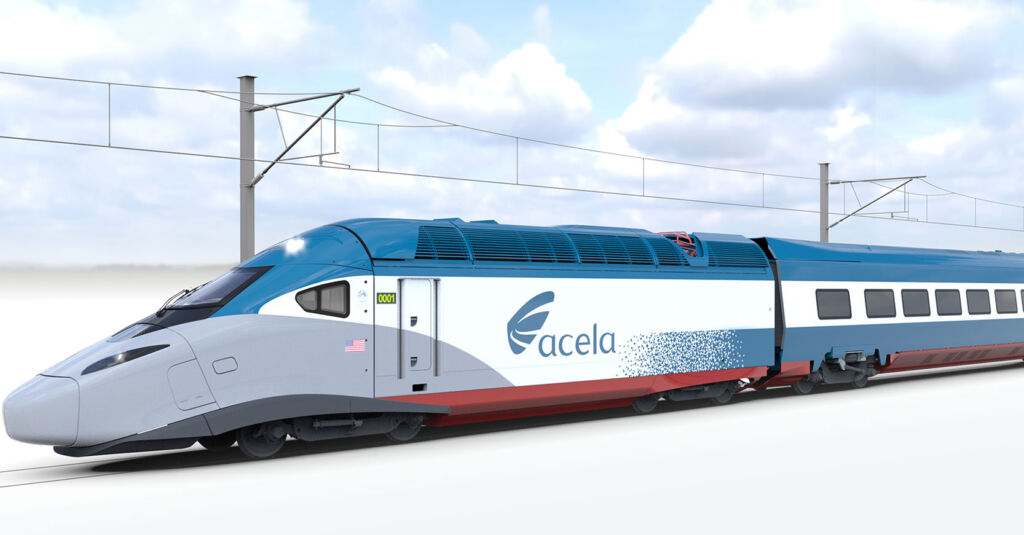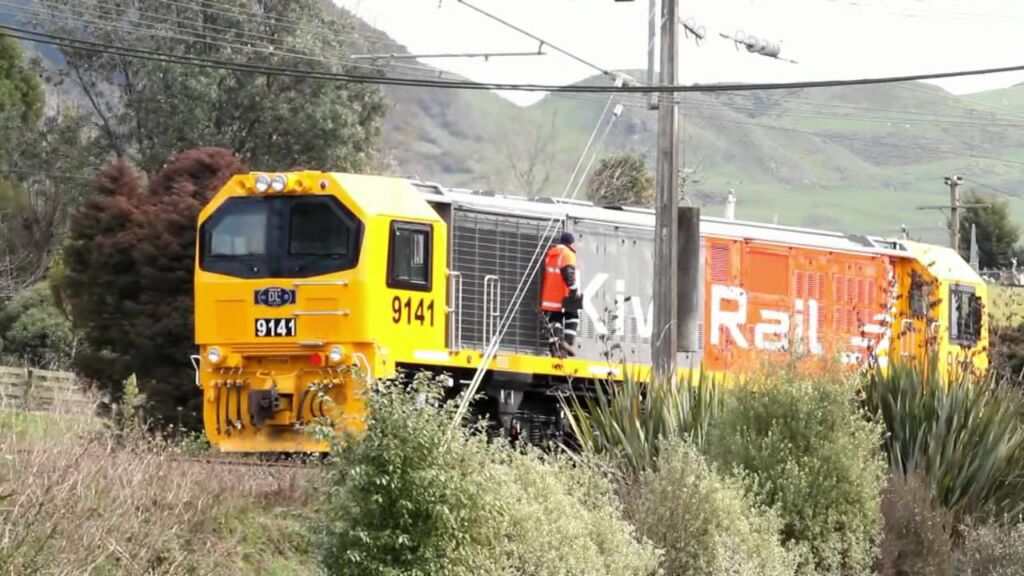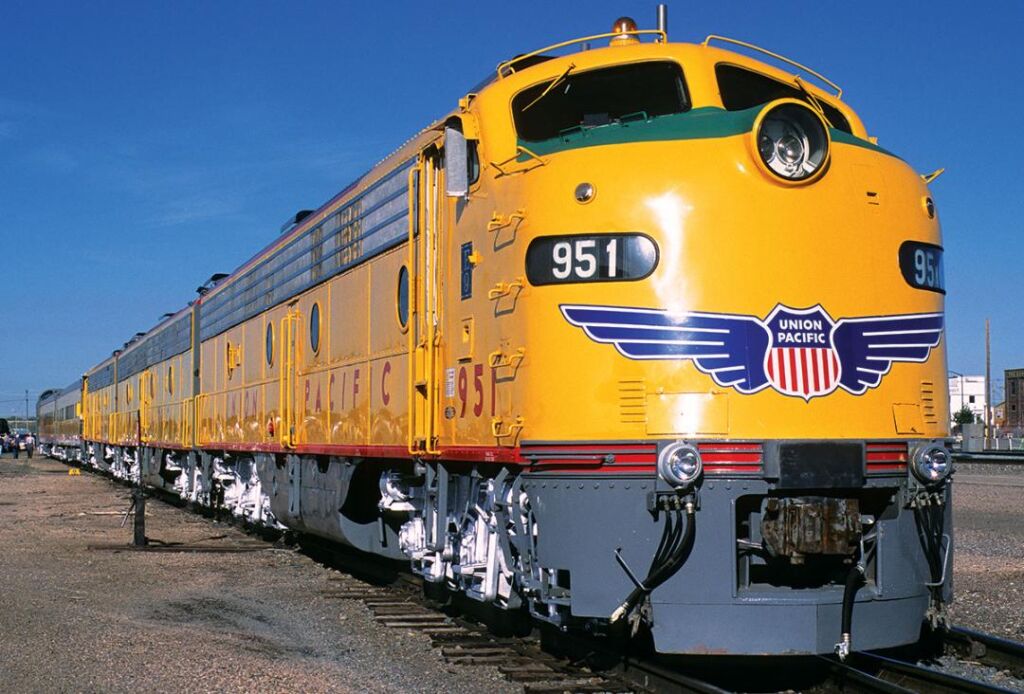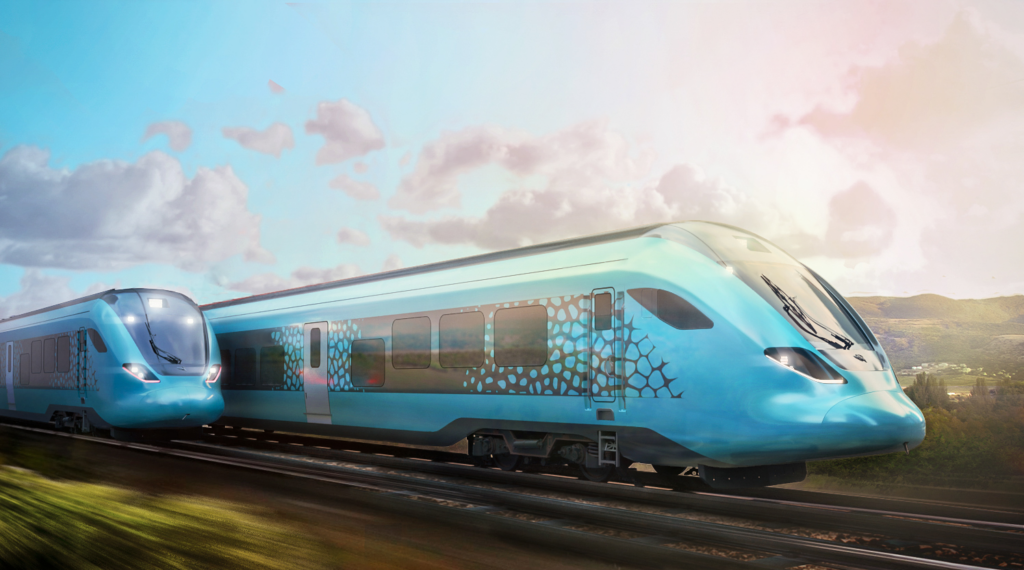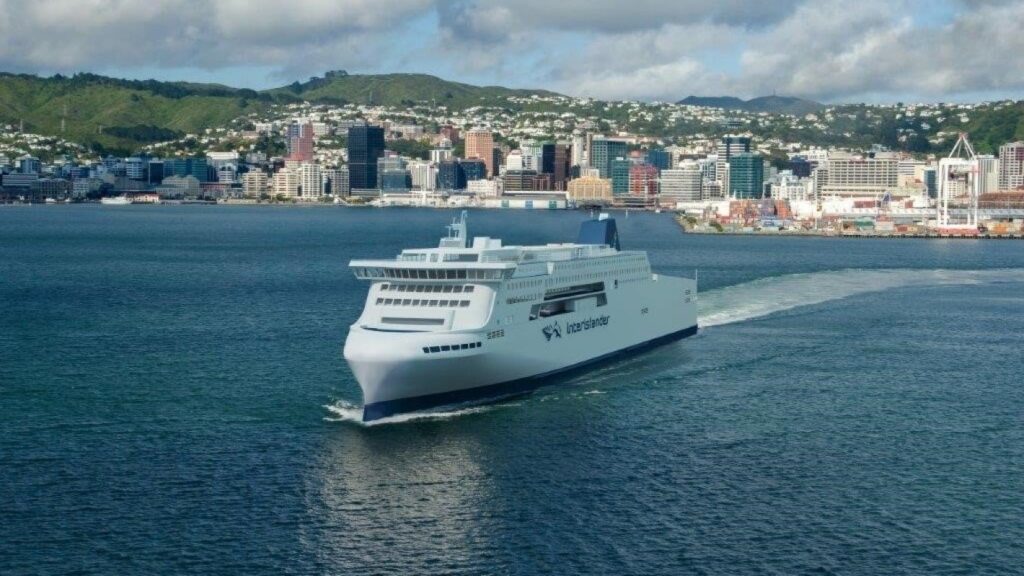Kansas City Southern Announces Dividend Increase
KANSAS CITY, Mo.--(BUSINESS WIRE)-- Kansas City Southern (KCS or the Company) (NYSE: KSU) announced that its Board of Directors approved at its meeting today a 23% increase in the quarterly dividend on KCS’s common stock,…
